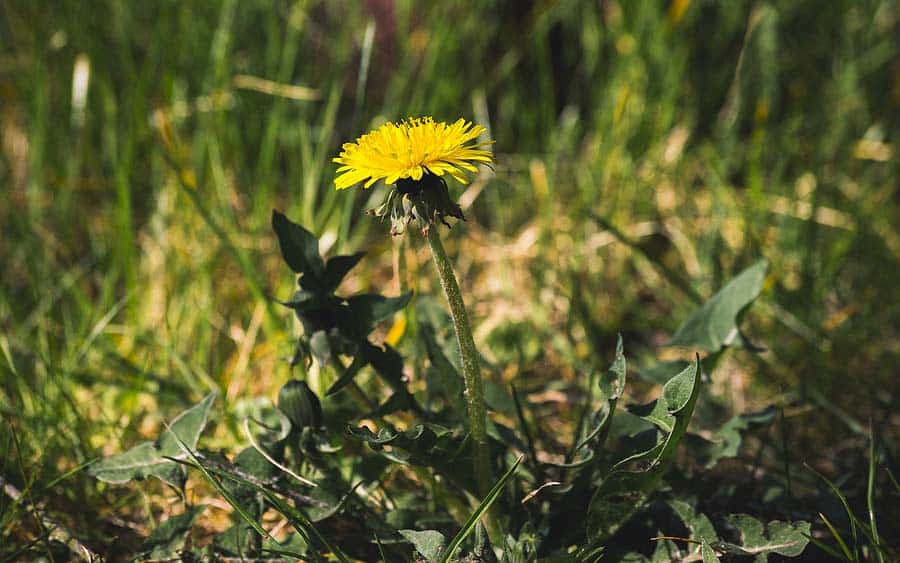Spring Weeds Are Waking Up! Dandelions are blooming!
As we go into May, perennial weeds like dandelions, creeping charlie, clover, broadleaf plantain, and thistle emerge from dormancy. Annual broadleaf weeds, such as knotweed and spurge, are also starting to germinate, though they may still be small and less visible.
When is the ideal time to treat for spring weeds?
The ideal time to treat for weeds is in May and June. During April, cooler temperatures both in the soil and the air limit the effectiveness of any weed controls applied. This means weed control applied in April is often wasteful. During May and June, weeds are more actively growing and thus lower doses of weed control will be more effective and lead to better weed control.
However, one spring weed control treatment, may not control all of your weeds.
-
Perennial weeds have deep root systems; a single treatment may not completely kill them.
-
New weeds constantly germinate from seeds in the soil.
What should you expect from a spring weed control treatment?
-
Within 1-2 weeks of treatment, you should notice the leaves curling and brown spots appearing.
-
You should notice the total number of weeds lowering.
- You may notice bare spots forming as the weeds die and the grass hasn’t quite filled back in yet.
How you can help:
-
Mow regularly: Controls some weeds (like tree saplings) and reduces seed production.
-
Wait to mow: Avoid mowing for at least 12 hours after a treatment to allow weed controls to move to the roots.
-
Mow high: Taller grass shades out weeds and slows their growth.
-
Seed bare areas: Thick, healthy grass helps crowd out weed seeds.
A few more things to know:
Some weeds, like perennial grasses (quackgrass and orchardgrass), are very difficult to control because they are closely related to desirable lawn grasses. Treatments that kill them would also harm your lawn.
Questions?
Reach out to our agronomist for expert guidance to keep your lawn healthy and weed-free!

